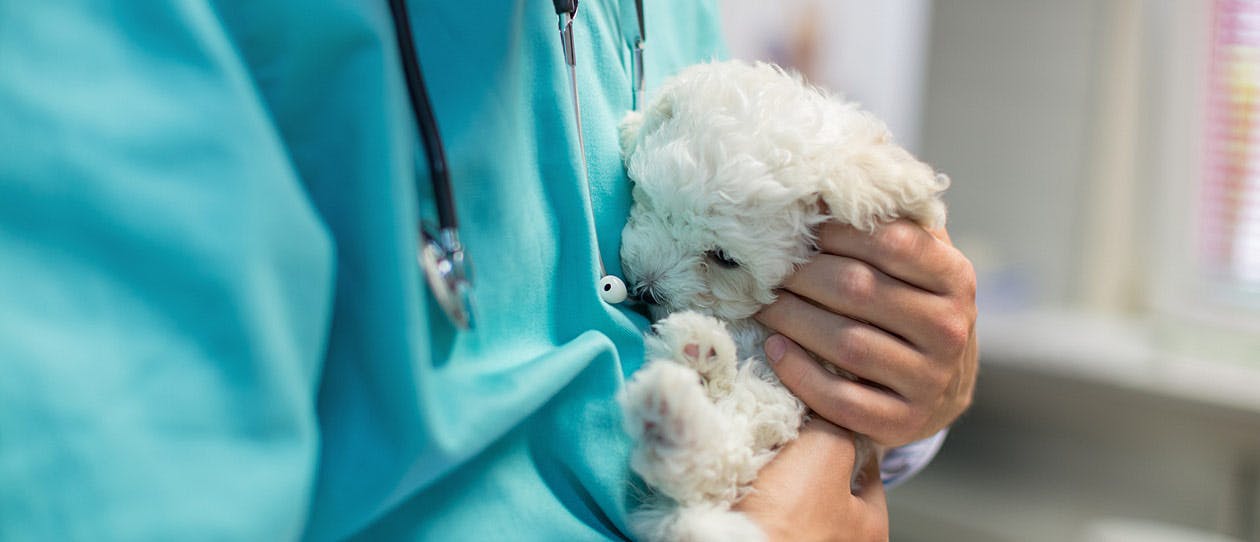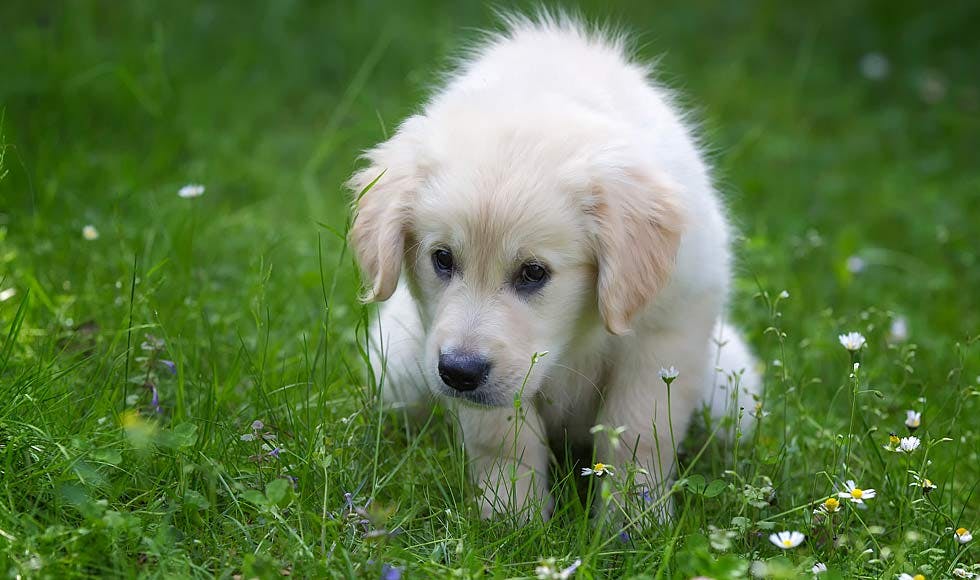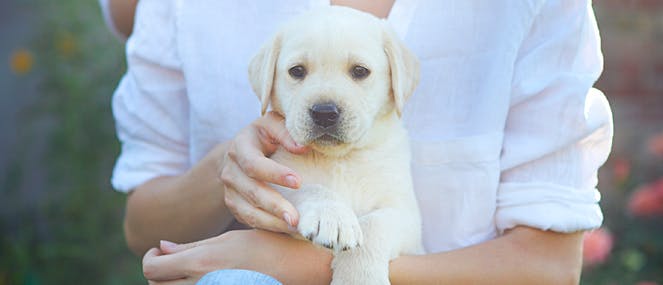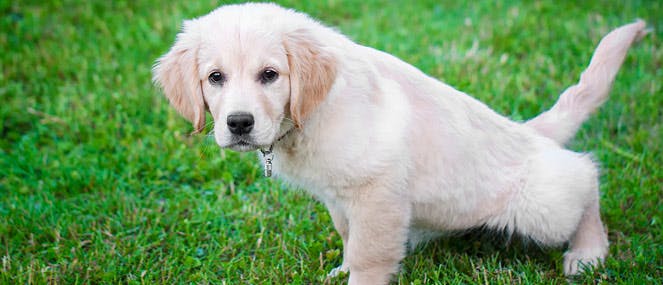
- A Guide To Perfect Your Pet's Health/
- Manage Your Dog's Digestive Health/
- A Guide To Parvovirus And Dogs


No single word strikes more fear into a dog owner – and particularly a puppy owner – than “parvovirus”.
“Parvo”, as it’s more commonly known, is one of the most serious canine diseases, and, sadly, can lead to death if left untreated.
All dog owners should have a good working knowledge of what it is, how it’s caused, the symptoms and how it can be treated.
Here’s everything you need to know.
What is parvovirus?
Parvo is a highly contagious viral disease that attacks the stomach and small intestines. It mostly occurs in pups between six and 20 weeks old, but adolescent and older dogs can be affected, too .
It’s caused by a virus known as canine parvovirus type 2 (CPV), which first appeared in Europe in the mid-1970s . In essence, the virus attacks the gastrointestinal tracts and bone marrow and also destroys white blood cells, reducing a dog’s immunity and making them more susceptible to other infections . In puppies, it can also impact the heart.
Once your dog or pup is infected, the virus incubates for between three and seven days before symptoms start to show .
While all dog breeds can catch parvo, research shows that Dobermans, Rottweilers and English springer spaniels are the most susceptible.
Parvo can’t be transmitted to humans, although a different strain, parvovirus B19, is relatively common in children, causing what’s known as Fifth Disease, or “slapped cheek” syndrome .
How is parvovirus spread?
“Parvo is highly contagious, and is spread through the faeces of infected animals,” says PAW veterinarian Dr Trish Santos-Smith.
It can be spread both directly and indirectly. A puppy is exposed to parvo when it comes into direct contact with infected faeces (by sniffing, licking or consuming the poo). But it can also be passed on when someone who’s recently been exposed to an infected dog touches your pup. Finally, it can be transmitted by contaminated objects such as a food bowl or a collar ; even bedding.
And although the virus is tiny, it’s extremely tough. It can survive for months without a host, and is resistant to most cleaning products, according to Cornell University’s Baker Institute for Animal Health . Because an infected dog is constantly “shedding” (or releasing) the virus, it makes disinfecting the area where the dog lives very difficult.
“If your home and yard have been contaminated by an infected dog, there are steps you can take to disinfect the areas before introducing a new dog or puppy,” the institute advises. “Despite its relative resistance to cleaning agents, we do know that CPV can be inactivated by bleach. Cleaning with a solution of one part bleach mixed with 30 parts water is an acceptable method for disinfecting any indoor area (including bedding, food/water bowls, and all surfaces) that once housed an infected dog.”
It’s important to know that puppies which have been infected continue to “shed” the virus for up to 10 days after they’ve recovered. So if your pup is in that situation, make sure you keep him or her away from any other puppies and dogs that are unvaccinated or only part vaccinated .
What are the symptoms of parvo?
A puppy or dog that has parvovirus is going to be very unwell. It will likely be displaying some, or most, of these symptoms:- severe, and bloody, diarrhoea
- vomiting
- fever, or low body temperature
- lethargy
- loss of appetite
- weakness
- dehydration
- abdominal pain and bloating
If your canine companion is experiencing any of these symptoms in combination, seek a vet’s advice immediately.
How is parvo treated?
“There is no cure for the virus,” says Santos-Smith. “But treatment involves supportive therapy such as intravenous fluids, antibiotics, pain relief and medications to stop the vomiting.”
The really good news? With proper treatment, your pup has a roughly 90 per cent chance of surviving . Additionally, a pup or dog that recovers from parvo has life-long immunity against the strain they were infected by.
How can parvovirus be prevented?
Purely and simply, by vaccinations. “You need to vaccinate your pup at around six to eight weeks, then have a booster vaccination at 10 to 12 weeks, and then again at 14 to 16 weeks,” says Santos-Smith. Your dog should then receive an annual booster from the age of six months , based on the advice of your vet.
It’s also essential that puppies less than 16 weeks of age are restricted to their own home and garden. “Until then, the pup is not fully immunised and it can come into contact with faeces from infected animals and contract the infection,” says Santos-Smith.
In Australia, any dog that is going to a boarding kennel must have a “current” vaccination, i.e., within the previous 12 months .




